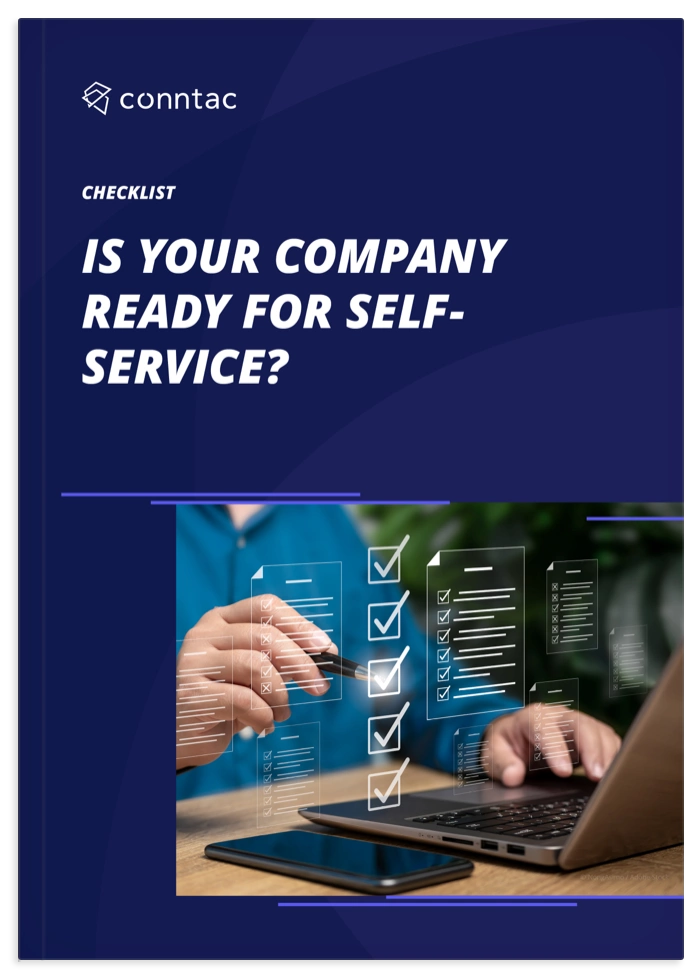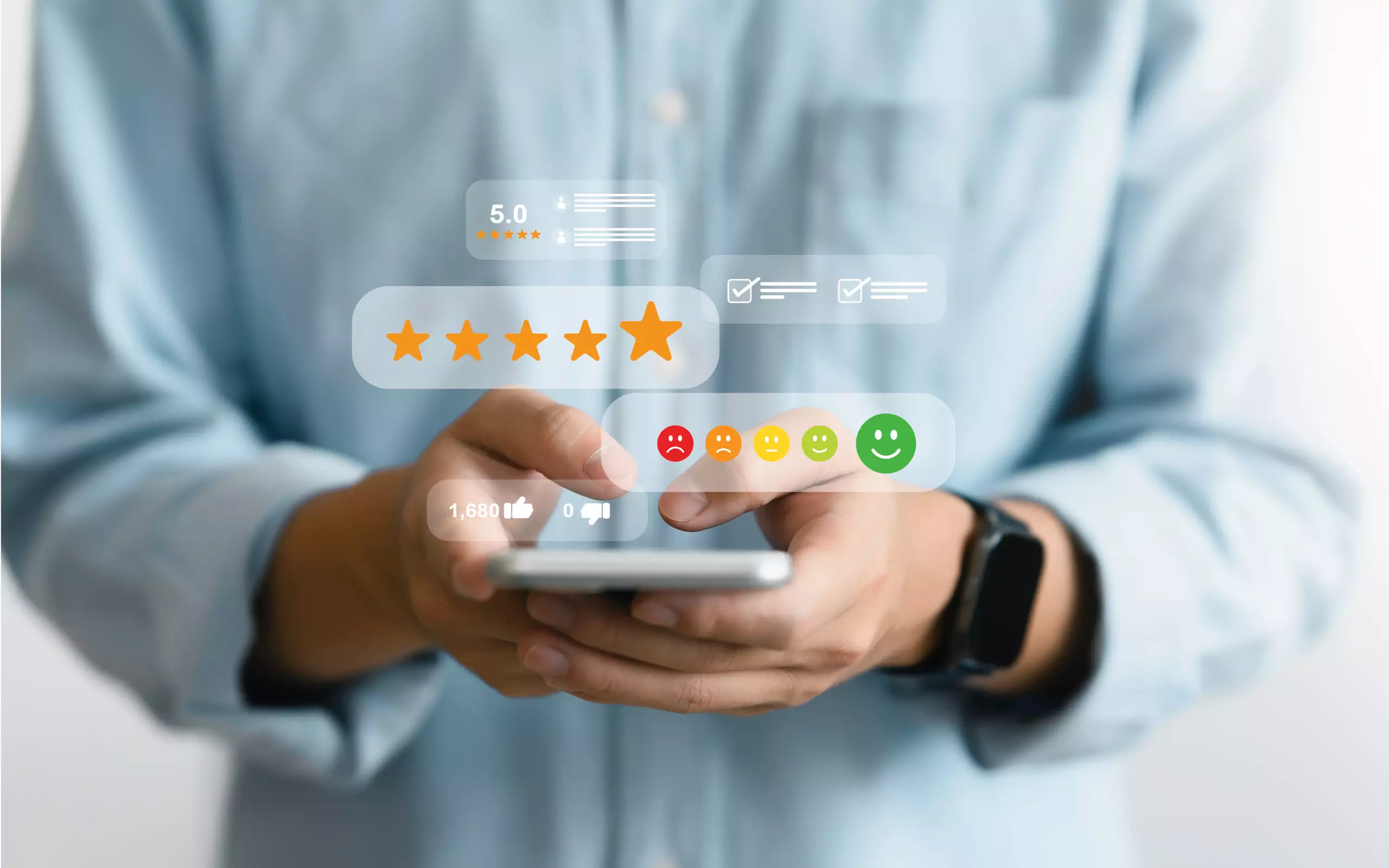Which channels really work
Which channels really workCommunication between internet providers and their customers has changed fundamentally. Traditional channels such as telephone or letter are no longer sufficient to meet rising expectations. Especially in the highly competitive ISP market, speed of response, accessibility and user-friendliness are decisive criteria. At the same time, the requirements for efficiency and scalability in customer service are increasing.
Digital communication channels offer great opportunities here - provided they are cleverly embedded in the overall strategy. One particularly effective element: self-service. Today, it is simply part of a modern communication strategy. But which digital channels really work? That's exactly what this article is about.
What is digital customer communication?
Digital customer communication describes all forms of interaction between companies and customers via digital channels – from email and apps to social media and self-service portals. It is indispensable for internet providers today, as customers expect fast, uncomplicated communication that is available at all times. Greater efficiency, lower costs: Advantages for internet providers Digital customer communication not only allows inquiries to be processed more efficiently, but also reduces costs. Automated processes such as chatbots or self-service solutions relieve the burden on support, while customers receive answers more quickly. At the same time, customer satisfaction and, in the long term, customer loyalty increase.
Greater efficiency, lower costs: Advantages for ISPs
Digital customer communication not only allows inquiries to be processed more efficiently, but also reduces costs. Automated processes such as chatbots or self-service solutions relieve the burden on support, while customers receive answers more quickly. At the same time, customer satisfaction and, in the long term, customer loyalty increase.
Challenges in customer communication
Internet providers are faced with the challenge of creating consistent, targeted and personalized communication - across all touchpoints. The initial situation is often complex:
- There are numerous points of contact, but they are often not interconnected.
- Customer groups differ greatly: people with an affinity for technology have different requirements to those who rarely use digital services.
- Contact volumes are particularly high for support requests - fast responses are required.
- Customers expect to receive help at any time.
A particularly critical point is the preparation phase for new connections, such as fiber optic expansion: there is a high level of uncertainty among future customers who may not even be recorded in the CRM. A lack of information leads to frustration and poor service experiences, and in the worst-case scenario, to termination during the pre-contract phase. This emergency occurs much more frequently than one would expect. In addition, there are internal gaps within the company such as a lack of responsibilities or unclear coordination of the choice of words and tone - there is often no central control of communication.
Digital channels in comparison - What works for ISPs?
There are numerous digital communication channels, but not all of them are equally useful or efficient. An overview:
- E-mail: Widely used, but often inefficient. Long response times, lack of structure, hardly controllable.
- Customer portal / app: Very effective if implemented well. Structured cases, targeted information transfer, proactive communication and a high degree of automation.
- Chatbots / live chat: Well suited for simple inquiries. However, quickly inefficient if not connected to systems. Caution is advised here, as customers are increasingly frustrated, especially if the chatbot presents itself as a “real” person.
- Social media: Relevant for branding and quick responses, but difficult to scale in service.
- Messaging services (e.g. WhatsApp Business): Strong in theory, hardly used in practice by smaller ISPs. Only efficient with a strong API connection.
- IVR systems (Interactive Voice Response): Semi-digital, potentially helpful for pre-qualification, but not very user-friendly.
Channels with a direct system connection (e.g. ticketing or CRM) are particularly efficient. Customer portals or apps perform particularly well in practice, as they map structured cases and relieve the burden on both customers and service teams.
Digital customer communication is constantly evolving. Artificial intelligence, voice assistants, and personalized customer journeys will shape customer expectations even more strongly in the coming years. Internet providers who invest in modern communication solutions today are laying the foundation for sustainable success.






.webp)





